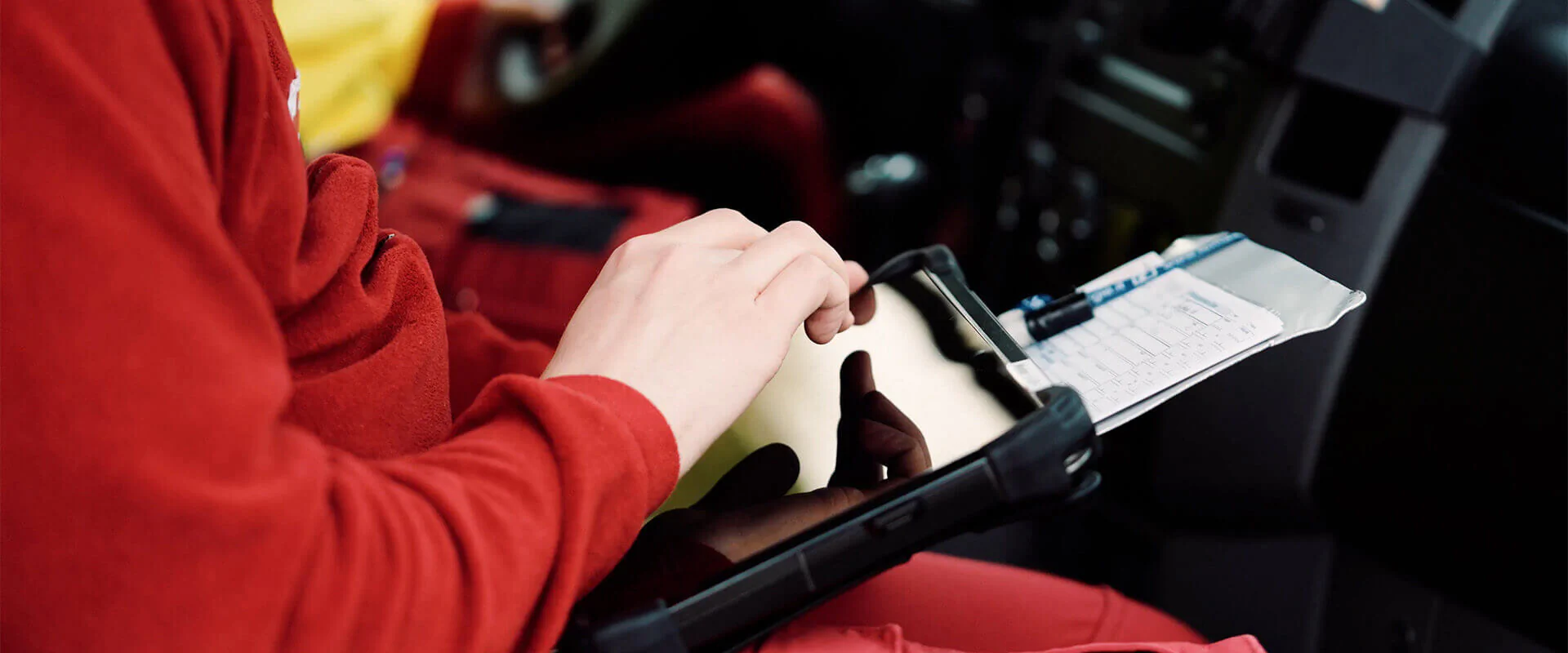Digitalisation in healthcare: The Digital Rescue Chain improves the care of emergency victims
Saving valuable time and thus lives – this goal was supported by the Thuringia Digital Agency (DAT) as part of the Thuringian pilot project of the Digital Rescue Chain. The former pilot project is currently being expanded throughout Thuringia to include ground-based rescue services. The digital pre-registration of emergency victims in the emergency rooms of Thuringian hospitals is also being expanded. The objective: To optimise the exchange of information between all parties concerned – rescue control centre, emergency medical personnel, hospital – thus providing the best possible care for those affected.
“Digitalisation saves lives”

Heiko Kahl Managing Director of the Thuringia Digital Agency
“Digitalisation supports processes in a wide variety of life situations, but rarely can it provide such valuable services as in the establishment of the Digital Rescue Chain. Here, modern technology helps in a very specific way to accelerate the emergency treatment of patients, to optimise communication and cooperation of all medical assistants and to collect, transmit, document and evaluate all necessary data for acute and further treatment.”
The result: digital cooperation for the benefit of the patient
Within a short period of time, the pilot project succeeded in bringing together a wide variety of participants through collaborative projects and thus in developing complex solutions to problems.
The results covered many areas: Data documentation, information transfer, digital networking between preclinical and clinical care facilities, as well as statistical follow-up to evaluate the digitally-based processes aimed at the continuous optimisation of the Digital Rescue Chain.
With the implementation of the first process solutions, an increase in supply security and optimisation of individual links in the complex rescue chain has been achieved.

